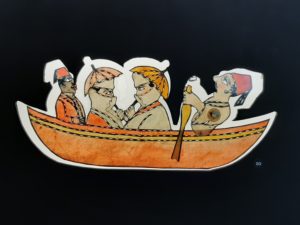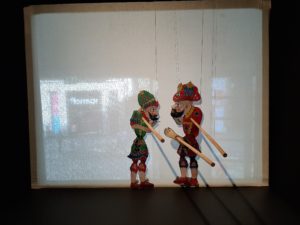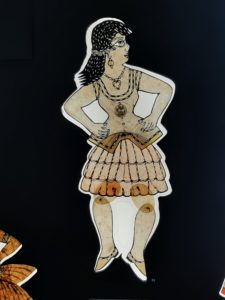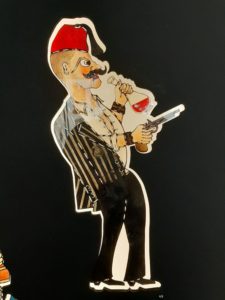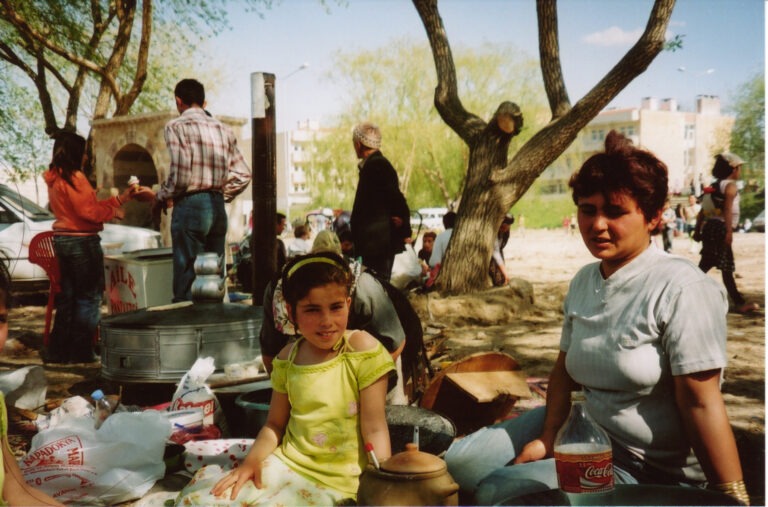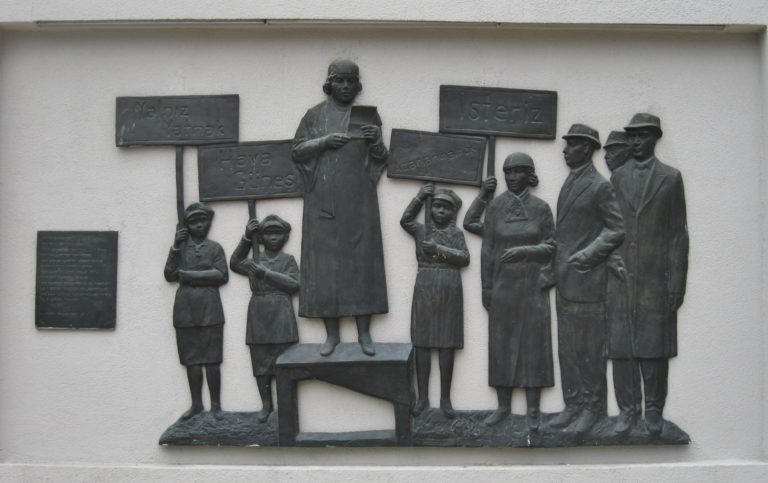Karagoz – Turkish Shadow Puppetry
Once upon a time, before the advent of television and cinema, Karagoz and Hacivat were superstars of the Turkish entertainment industry. If you’re an aficionado of Turkish miniseries I know you’re imaging handsome moustachioed men with dark flashing eyes strutting their stuff on screen. However Karagoz and Hacivat are puppets, and are the main players in shadow theatre performances known as Karagoz (this word means black eyes in Turkish so they do have that in common with Burak Özçivit and other well-known Turkish actors).
Shadow puppetry, moving flat figures in the space between a source of light and a translucent screen, has been performed all over the world for hundreds of years. Scholars believe it originated in the Far East and then travelled westwards, eventually reaching the Mediterranean and surrounding areas. Diverse cultural, religious and symbolic influences meant there were numerous styles and types of puppets in play, most of which were known in Turkey at one time or another. The version still seen today in Karagoz performances, often during Ramazan, consists of four parts. The plot is introduced in the first act called the mukaddime and Karagoz and Hacivat will invariably end up in a fight. The second part, the muhavere, mainly consists of rapid dialogue and witty banter between the characters allowing the plot to develop. The fasıl, the third part, introduces more characters while the bitiş, the finale, mainly focuses on conversation and arguments between Karagoz and Hacivat.
The cast of characters can include Tuzsuz Çelebi, a handsome and well-to-do youth who smooth talks the ladies, Matiz the drunkard, Arnavut the Albanian, Yahudi a Jew, Çerkez a Circassian, Kürt a Kurd, Tiryaki an opium addict who is always asleep when needed and Zenne, female characters who are either young and man-eaters, or older busybodies.
Generally classed as comedy, Karagoz has always reflected the society, culture and politics of the day. Puppets appeared in the latest fashions (think Western-style drop waisted dresses and brimmed hats rather than fez in the 1920s) and mythical beast such as the shamaran, witches and fairies interfered in worldly concerns. The characters might obliquely criticise the ruling powers, highlighting their failures through clever wordplay. This in combination with regional accents and dialects, misunderstandings and exaggerations are the principal comedic elements. All the different voices, accents and dialects of the characters are created by the one artist working in the shadows.
